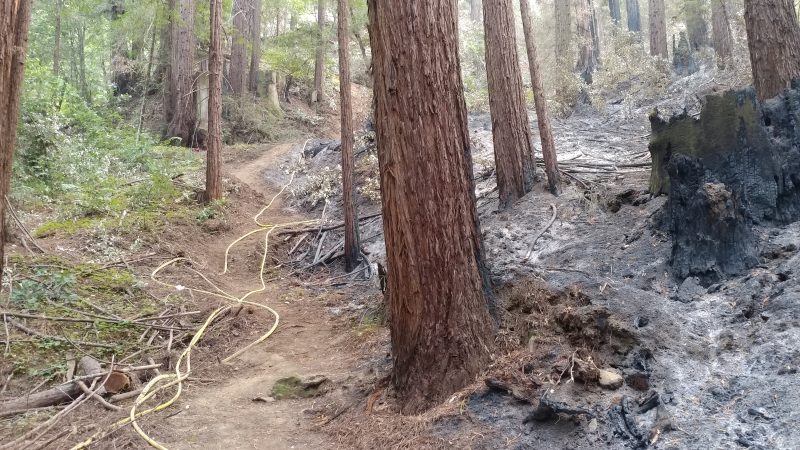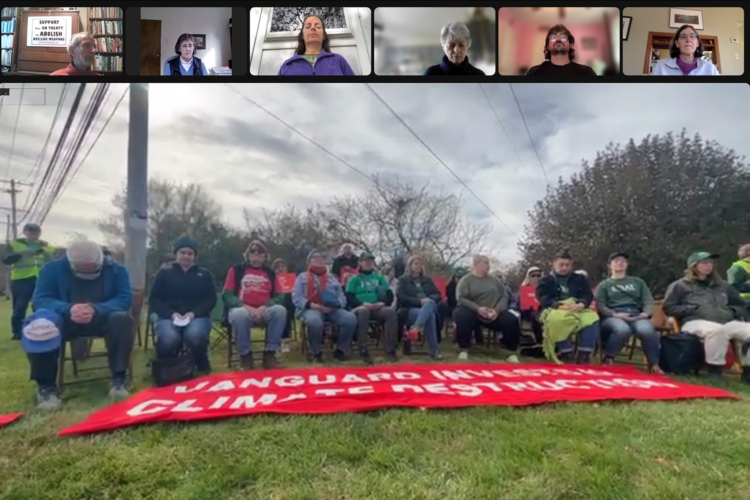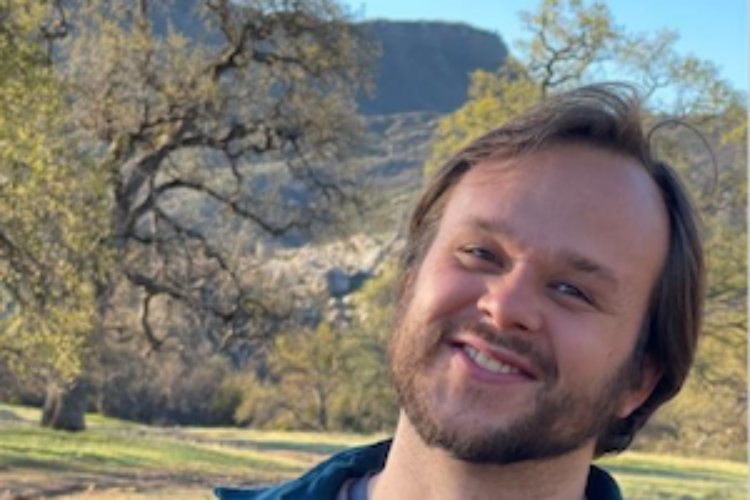Redwood Renewal

By Shelley Tanenbaum.
THE STORY OF redwood renewal through fire gives me hope in a world gone mad with doom and gloom. What can we learn from one of nature’s most elegant ecological systems that evolved to not just cope with adversity, but to turn adversity into rebirth?
The few redwood forests that remain on earth are among the oldest and most complex ecosystems that we know. Coast redwoods (Sequoia Sempervirens: long-living) thrive in northern California, capturing fog during the dry summer months, rain in the winter. They have evolved as part of an ecosystem that is mutually supportive of a large number of species. Some old-growth redwoods even harbor entire mini-ecosystems in their canopies, including other tree species. Fire is naturally occurring in these forests, and generally encourages new growth without destroying established trees. There are only two other regions where redwoods thrive, in the Sierra Nevada (Sequoia Gigantium, Giant Sequoia) and in central China (Metasequoia, Dawn Redwood).
Early this fall, forests all over the western United States and Canada burned. I live in coastal northern California, where fire broke out with a vengeance in August, in the aftermath of a freakish and massive thunderstorm.
In California alone, more than 4 million acres burned. Much more land has burned this year than in any previous year. Part of the cause of this massive burn is linked to climate change—weird weather, long-term drought, increasing intensity of hurricanes. The other cause is linked to forest management. For most of the west, fires have been suppressed for more than 100 years. In earlier times, fire would have run through these forests about every 25 years, clearing the land while preserving most of the trees. With such a long build-up of ground cover exacerbated by drought, these fires burned especially hot and fierce.
Indigenous Californians adapted to naturally occurring fire and they deliberately burned undergrowth annually to keep down tinder and to stimulate tree growth. For many decades, those who were aware of Indigenous fire practices encouraged forestry managers to practice more extensive controlled burns. In recent years, some of these practices have been adopted; however, forestry management hadn’t caught up with decades of fire suppression practices, leaving our forests overgrown while long-term drought left behind enormous amounts of dry undergrowth and diseased trees.
When the fires broke out in the Santa Cruz mountains, I was checking on fire location and acreage burned several times a day. I know people who live in those mountains. I love that land—these redwood forests have an ecological harmony that sings to my soul. Drop me into a redwood forest, with trees towering way over head almost blocking out the sun, surrounded by several kinds of ferns, my feet cushioned by a carpet of redwood fronds, and I can feel spirit deep in my bones. Every breath of forest air feels like taking in ancient wisdom, going back to dinosaur times. My heart broke to think of losing this forest.
Then I remembered, redwoods love fire (as long as it isn’t too extreme). The larger trees survive fire and seedlings sprout from those that do not make it. At Big Basin Redwoods State Park near Boulder Creek, CA, fire completely destroyed all the man-made structures, including the oldest visitor center in the state. But most of the trees survived, even with all of the undergrowth burned out. Already new shoots are inches tall, poking through the ash.
Ben Lomond Quaker Center (BLQC) is a near-neighbor to Big Basin. It has been a Quaker retreat center for over fifty years, much beloved by west-coast Friends. For the past 28 years, my Quaker spiritual life grew thanks to time spent in reflection and prayer with Friends at BLQC.
How close was the fire? The CZU Lightening Complex fire was stopped in the middle of BLQC, burning through half of their forested land, completely devastating the area around the Marshall Creek trail, the Waterfall trail, burning up to the edge of the Fawn trail, where the fire was stopped. Their main water supply system was destroyed, two years of cut firewood was lost, and all of the undergrowth and smaller trees are now ash in the fire zone. Many medium-sized and large trees survived. All of the structures (other than the woodshed) remain intact.
Because this fire occurred after such a long period of sustained growth in this mixed redwood/evergreen forest, it burned especially hot. It is not yet clear how well these areas will recover on their own. The natural ecosystem can rebound from more frequent and less intense fires, with the help of seeds and roots stored in the soil. Additional sunlight and fertilizer from ash might actually produce a healthier understory. However, the forest may need some help in recovery with mulching and seed planting, because in many places the hot fire burned most of the duff layer of soil. The biggest concern right now is erosion when the rains start this winter. Plans are being made to shore-up hillsides and screen out debris in creeks.
Just weeks after the fires roared through BLQC, ferns are growing out of the ash and redwoods shoots have sprouted. Co-director Bob Fisher observes that “there is lots of life in the ash-covered soil” and he is amazed to see young redwoods growing out of burned-out trunks.
I am heartened by how many of the coastal redwood forests’ trees survived. Yet damage was much more severe at the inland fires in and around Sequoia National Park in the Sierra Nevada. There fires burned so hot due to drought and fire-suppression that many monarchs (trees over 500 years old) were lost. It isn’t clear yet if redwoods will ever return to these burned areas. I am chastened to learn of how both climate change and abandoning traditional forestry practices created such devastating fires.
I am hopeful that we will learn from this devastation and re-imagine both how we manage forests and how we are contributing to climate change. I am looking forward to visiting BLQC in the late spring, to see newly-grown ferns and baby redwood trees joining their much older brothers and sisters, making their way into the sunlight.


